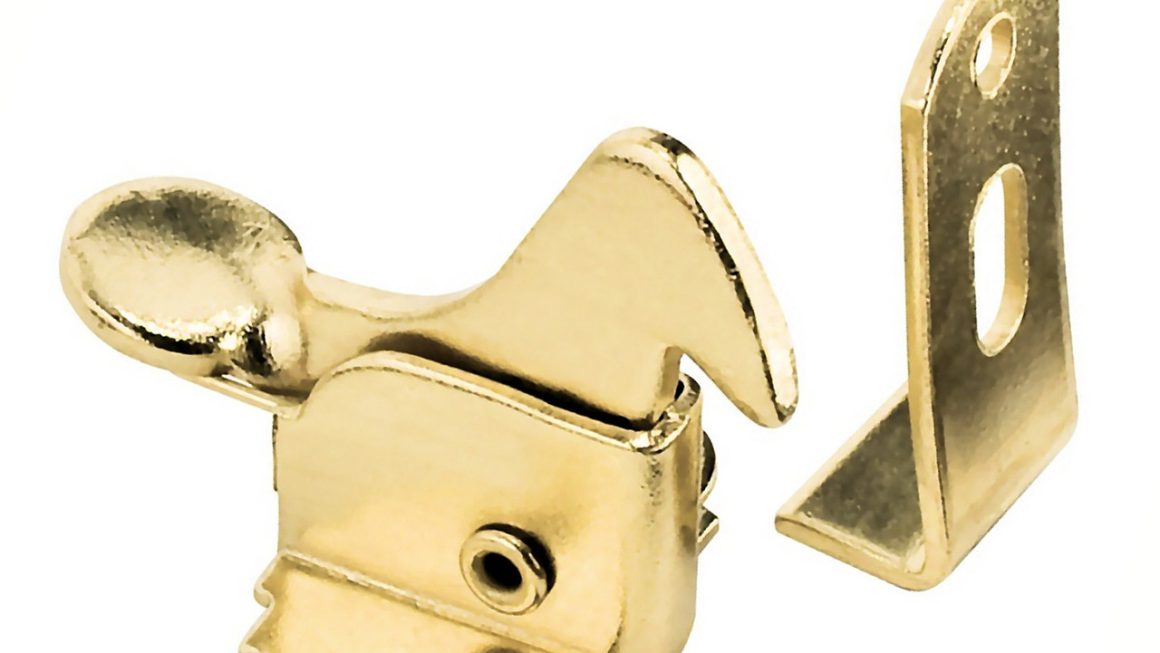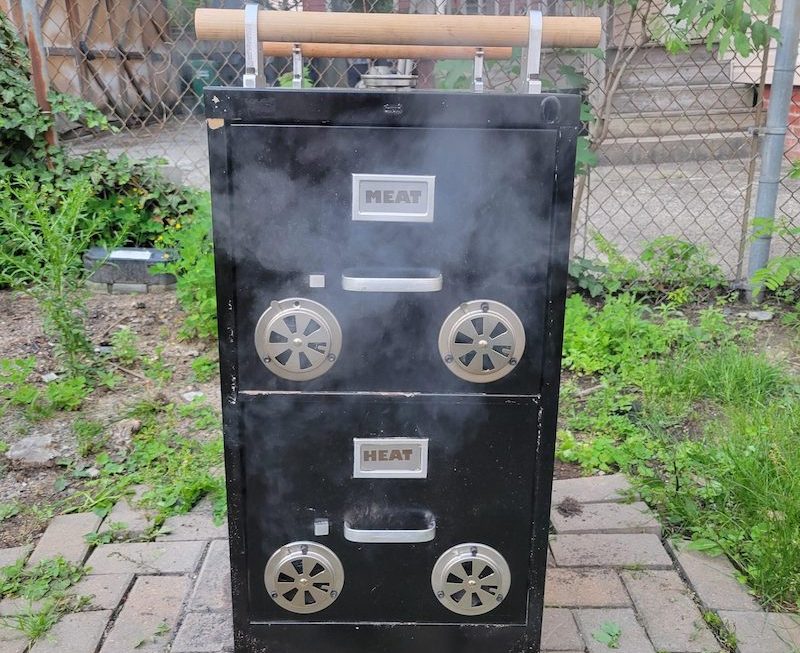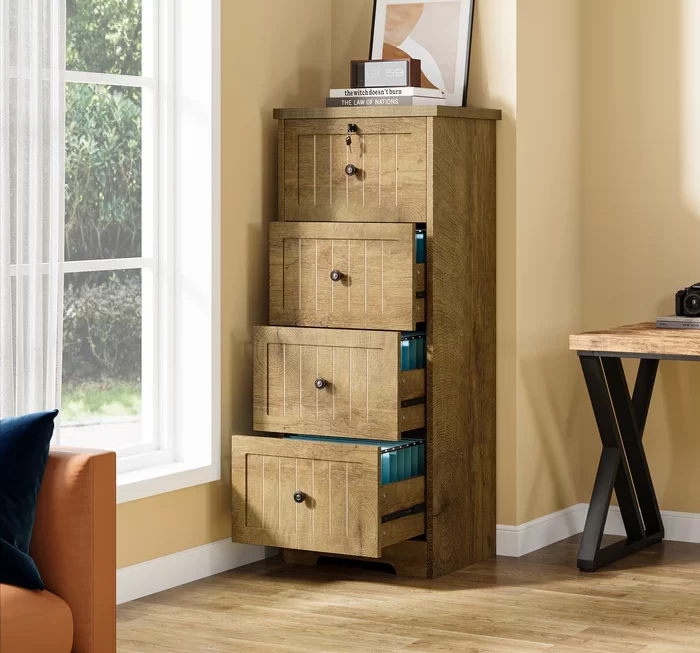Identifying the Problem with Cabinet Doors
Cabinet doors are an essential component of cabinetry, serving both functional and aesthetic purposes. When choosing or installing cabinet doors, consider the overall style of your space, functionality needs, budget, and long-term maintenance requirements.
How to keep cabinet doors closed? Cabinet doors not closing can be due to various factors. It is essential to figure out the root cause before applying any fix. Sometimes, simple wear and tear on the hinges are to blame. Other times, misalignment or environmental factors can cause doors to stay open. Recognizing the issue is the first step to a long-lasting solution.
Common Issues Causing Cabinet Doors to Stay Open
When cabinet doors refuse to stay shut, we must look at common problems. Here are a few:
- Loose hinges: Screws can loosen over time, causing the door to sag.
- Misalignment: Doors and frames misaligned can prevent proper closure.
- Stripped screws: Overused screw holes may no longer hold screws tightly.
- Damaged hinges: Bent or worn hinges can’t support the door correctly.
- Swollen wood: Humidity can cause wood to expand, affecting how the door fits.
- Obstructions: Sometimes, small objects or debris keep doors from closing.
Identifying the problem helps us apply the right fix. Next, we’ll tackle how to deal with these issues, starting with tightening any loose cabinet hinges.
Tightening Loose Cabinet Hinges
When cabinet doors won’t close, often the hinges are loose. Tightening them is a simple solution. This can improve door function and prevent swinging open.
Step-by-Step Guide to Tighten Hinges
First, find a screwdriver that fits your hinge screws. Open the cabinet door to access the hinges. Hold the door in place while you tighten each screw. Ensure not to over-tighten, as this can strip the holes. If screws spin without tightening, you may have stripped screw holes. We will cover how to fix this in a later section. After tightening, check the door closes correctly. Repeat the process for all loose hinges on your cabinets.
Adjusting Cabinet Hinges for Alignment
Properly aligned cabinet hinges ensure doors close seamlessly. Slight adjustments can fix doors that seem askew or won’t stay closed. Let’s explore how you can align hinges on your cabinets effectively.
Tips for Handling European Hinges
European hinges, also known as concealed hinges, are common in modern cabinets. They come with adjustment options for flawless operation. Here are tips to handle these hinges:
- Check the Alignment: Open the cabinet door to see if it hangs straight. If not, adjustment is necessary.
- Find Adjustment Screws: European hinges have three screws for vertical, horizontal, and depth adjustment.
- Adjust Horizontally: Turn the horizontal screw to shift the door left or right for proper edge alignment.
- Correct the Vertical Gap: A vertical screw adjustment can fix gaps at the top or bottom.
- Set the Depth: Depth screws move the door closer or away from the frame to avoid overlaps.
Use a screwdriver and tweak screws gently. Small turns can make big changes. Test the door after each adjustment. Repeat if needed until the door sits flush and closes smoothly.
Dealing with Stripped Screw Holes
Stripped screw holes can make it tough to keep cabinet doors closed. Here are ways to fix them.
Quick Fixes to Secure Screws in Place
Stripped screw holes can mean loose hinges and doors that won’t shut. Let’s fix them now. First, try bigger screws that can grip the larger holes. Be careful not to make the hole worse by using a screw that is too large. Next, use wood filler or toothpicks dipped in glue to fill the hole. Once the filler dries, drive the screw in again. It should hold better now. You can also shift the hinge slightly to use a new spot in the wood. This requires redrilling but can strengthen the hold. Lastly, for a solid fix, install a threaded insert. This creates new threads for the screws to grip. Check the door after each fix to see if it closes correctly. Be sure to test the strength of the repair before relying on it fully. With these quick fixes, your cabinet doors should stay shut just fine.
Replacing Worn or Damaged Hinges
If cabinet doors still won’t close, hinges might be the issue. Old or damaged hinges can’t function properly.
Selecting the Right Hinges for Your Cabinets
Choosing new hinges requires focus on size and type. Ensure the new hinges match the old ones. Look for heavy-duty hinges if doors are heavy. Check for compatibility with your cabinet style. Soft-close hinges can add value with their quiet operation. Always opt for high-quality hinges to ensure longevity. For a secure install, use new screws with your new hinges. This could solve any issues with doors not staying shut.
Addressing Environmental Factors
Environmental factors can make cabinet doors misbehave. Humidity, temperature, and general wear impact how well cabinet doors function. Address these to keep doors closed.
Choosing Cabinet Materials for Climate Resilience
When choosing materials for cabinets, think about your climate. High humidity areas need moisture-resistant materials. HDF and RTF are good options in these cases. They resist warping and keep doors fitting well. Remember, the right materials help doors stay shut for longer.
Supplementary Solutions: Magnetic Catches and Self-closing Hinges
Sometimes, tightening or replacing hinges won’t fully solve the issue. In such cases, adding hardware like magnetic catches or self-closing hinges can help. These solutions are especially useful when other methods fail to keep cabinet doors closed.
Installation of Additional Hardware to Ensure Closure
Magnetic catches are simple devices that help keep cabinet doors shut. They consist of a magnet and a metal plate. Once installed, the magnet pulls the plate, keeping the door closed firmly. This is a quick fix and is great for lighter doors.
Self-closing hinges, on the other hand, have a built-in spring mechanism. This automatically pulls the door closed when it’s a few inches away from shutting. They are perfect for ensuring doors close completely, every time. Both magnetic catches and self-closing hinges are good for maintaining door function and add convenience. For a last-resort fix, these additions can offer a simple and reliable solution to the problem of cabinet doors not staying shut.
Regular Cabinet Maintenance Tips
To prevent cabinet door issues, regular maintenance is crucial. Follow these steps to keep cabinet doors functioning well over time.
Preventive Measures to Avoid Future Issues
- Check Hinges Regularly: Inspect and tighten loose screws on hinges frequently to avoid issues.
- Clean Cabinets Often: Wipe down cabinets to remove grime and buildup that can affect closure.
- Control Humidity: Use dehumidifiers in high moisture areas to prevent wood swelling.
- Lubricate Hinges: Apply a light oil to keep hinges moving smoothly without squeaking.
- Adjust When Needed: Realign doors seasonally as temperature and humidity change.
- Inspect for Damage: Look for signs of wear and address them promptly to prevent bigger problems.
- Be Gentle: Close doors without force to reduce stress on hinges.
Cabinet doors are an essential component of kitchen, bathroom, and other types of cabinetry. They serve both functional and aesthetic purposes. When choosing cabinet doors, consider factors such as durability, aesthetics, budget, and the overall style you want to achieve in your space. By taking these steps, you can help ensure your cabinet doors close properly and stay shut, avoiding the frustration of constantly readjusting or repairing them.





